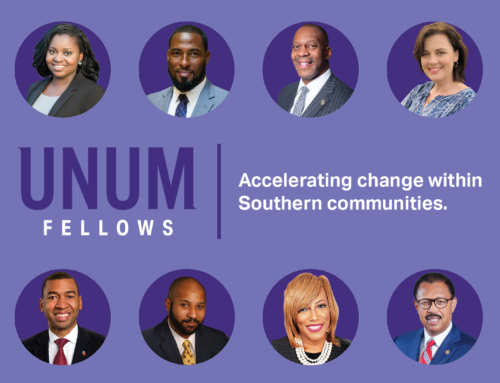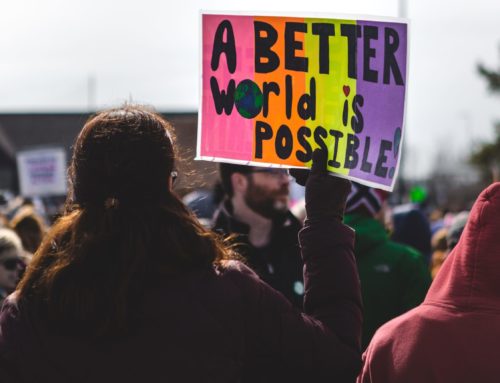A census form takes only a few minutes to complete but impacts funding and political representation for an entire decade. It’s a simple act of democracy with a lingering impact, so although the COVID-19 pandemic has diverted attention and resources, we can’t afford to overlook the importance of the 2020 Census – or the important work that’s needed to ensure that it provides a fair and accurate count of people living in America.
Why is it important? The information gathered through the census has myriad uses, but some of its most crucial impacts involve money and power. Census responses affect over a trillion dollars of federal funding that communities receive for crucial infrastructure projects and programs like Medicaid and Head Start. In terms of political representation, the 2020 Census will determine how many seats states get in the U.S. House of Representatives for the 2022 elections and how many electoral college votes states get in 2024. State and local officials also use census counts to redraw district boundaries, determining communities’ voting power.
What’s the problem? The apportionment of that funding and political power is only fair if the census count is accurate. So, if the South responds at lower rates, the money those states should be receiving — given their true population — goes to other parts of the country. If communities of color respond at lower rates, their communities have less political representation than they should have, given their true population. Notwithstanding COVID-19’s effect on collecting census data, response rates are historically lower in communities of color and in many southern states.
For the 2010 Census, each additional 10% of people of color in a community was associated with a 1% lower census self-response rates. Although the black undercount rate has improved over time, there continues to be larger errors with the black population than with the non-black population. That’s not even taking into account prison gerrymandering, where incarcerated people – more disproportionately people of color – are counted as prison residents, instead of being counted with their communities of origin. This dilutes the representation and political power of those communities.
In the current 2020 Census, West Virginia has some of the lowest response rates in the country at 40.3% (as of April 22, 2020). West Virginia, South Carolina, Louisiana, Texas, North Carolina, Arkansas, Georgia, Mississippi, and Florida are currently all in the bottom 20 states in terms of response rates.
There are lots of reasons people get missed in the count from people moving frequently to mistrust of the government, and COVID-19 has only added additional complications. The pandemic has delayed the Census Bureau’s field data collection activities. As outreach moves virtual, we risk missing populations that are less digitally connected, like low-income and rural households.
What needs to be done? The good news is that governments and organizations across the South are organizing to improve response rates and fight misinformation about completing the census. The National Coalition on Black Civic Participation is organizing a #COUNTMEBLACK social media campaign to encourage black youth to be counted in the 2020 Census. The City of Good Hope, Alabama is holding weekly prize drawings for residents that complete the 2020 Census. DeKalb County, Georgia is launching an “It’s Not Too Late” campaign to call every resident who lives in historically hard-to-count census tracts. In Edcouch, Texas, they’ve added 2020 Census information to water bills to raise awareness.
In spite of these – and many other – efforts, we still need to do a lot of work to make sure the 2020 Census push has the organization and resources needed to ensure that every person in America is counted. We know which places and populations have been historically hard to reach. It’s our individual responsibility to now close the gap, to reach out, and to make sure that our 2020 Census truly reflects the population of our country.
To get engaged, consider connecting with some of the following organizations:


